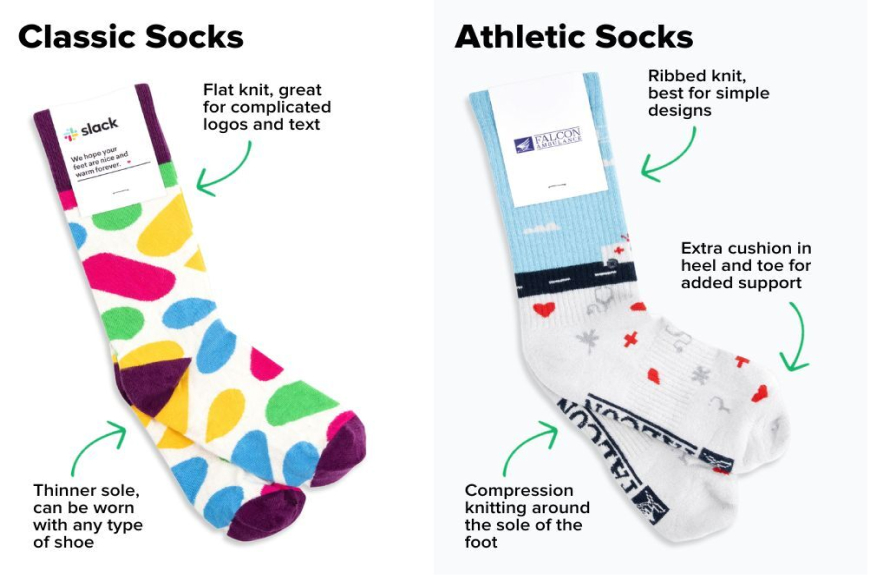Deadlifting is a foundational exercise in strength training, and the choice of footwear can significantly impact your performance and safety. While many lifters prefer specialized shoes, there's a growing trend of deadlifting in socks. This practice offers unique benefits but also comes with some precautions. Let's explore the pros and cons of this sock-footed approach to one of the most powerful lifts in your arsenal.
The Benefits of Deadlifting in Socks
Deadlifting in socks can provide a more natural and stable lifting experience. Without the cushioning and heel lift of shoes, you're closer to the ground, which can improve your balance and grip on the floor. This proximity to the ground also reduces the distance the bar needs to travel, potentially allowing you to lift heavier weights.
Many lifters find that sock-clad feet offer better proprioception – the awareness of your body's position in space. This enhanced feeling can lead to improved form and technique, crucial for both performance and injury prevention. Additionally, socks allow your toes to spread naturally, providing a wider base of support during the lift.
For those who experience discomfort or pain when deadlifting in shoes, switching to socks might offer relief. The flexibility of socks allows your feet to move more freely, which can be particularly beneficial for lifters with wider feet or those who prefer a more minimalist approach to their workouts.
Precautions and Considerations
While deadlifting in socks has its advantages, it's essential to consider some precautions. First and foremost, check your gym's policy – some facilities require proper footwear for safety and hygiene reasons. If you're allowed to lift in socks, ensure you're using a clean, dry platform to prevent slipping.
The type of socks you choose matters. Opt for socks with good grip to prevent sliding on smooth surfaces. Thicker socks can provide some cushioning and protection, but be careful not to compromise your feel for the ground. Compression socks might offer additional support and improve blood flow during your workout.
Be mindful of the increased risk of dropping weights on your feet. Without the protection of shoes, your toes are more vulnerable. Always practice proper form and control of the bar throughout the lift. If you're new to deadlifting or unsure about your technique, consider working with a trainer before ditching your shoes.
For those with existing foot conditions or injuries, consult with a healthcare professional before switching to sock-only deadlifts. Some lifters may benefit from the additional support that specialized athletic footwear provides.
Transitioning to Sock Deadlifts
If you're interested in trying deadlifts in socks, start gradually. Begin with lighter weights to get accustomed to the new sensation and to ensure your form remains solid. Pay attention to how your feet and ankles feel during and after your lifts.
Incorporating toe spacers can be beneficial when deadlifting in socks. These devices help spread your toes, potentially improving your stability and grip on the floor. However, like any change in your lifting routine, introduce toe spacers slowly and carefully.
Wrapping Up
Deadlifting in socks can offer a more natural and connected lifting experience, potentially improving your form and performance. However, it's crucial to approach this practice with caution, ensuring you're adhering to gym policies and taking necessary precautions to protect your feet. Whether you choose to deadlift in socks or shoes, the most important factors are maintaining proper form, listening to your body, and progressively challenging yourself safely. Experiment with different approaches to find what works best for your unique biomechanics and lifting goals.


